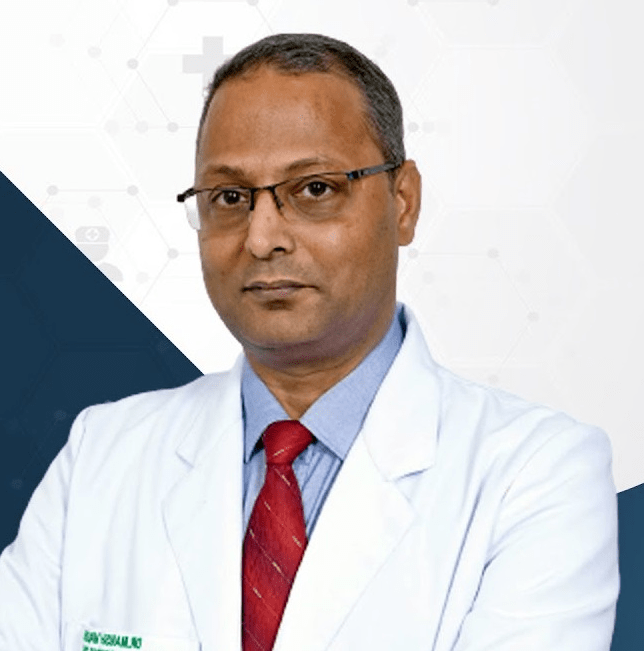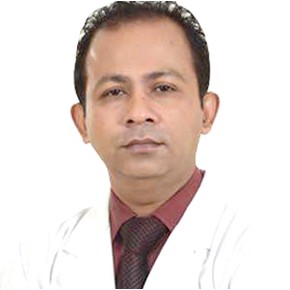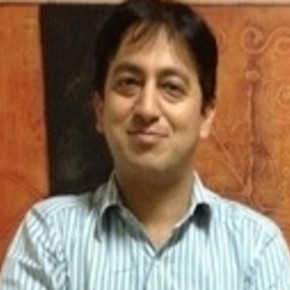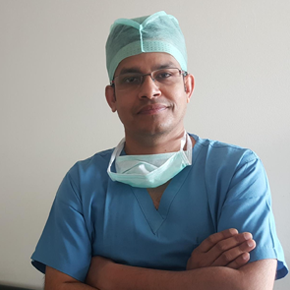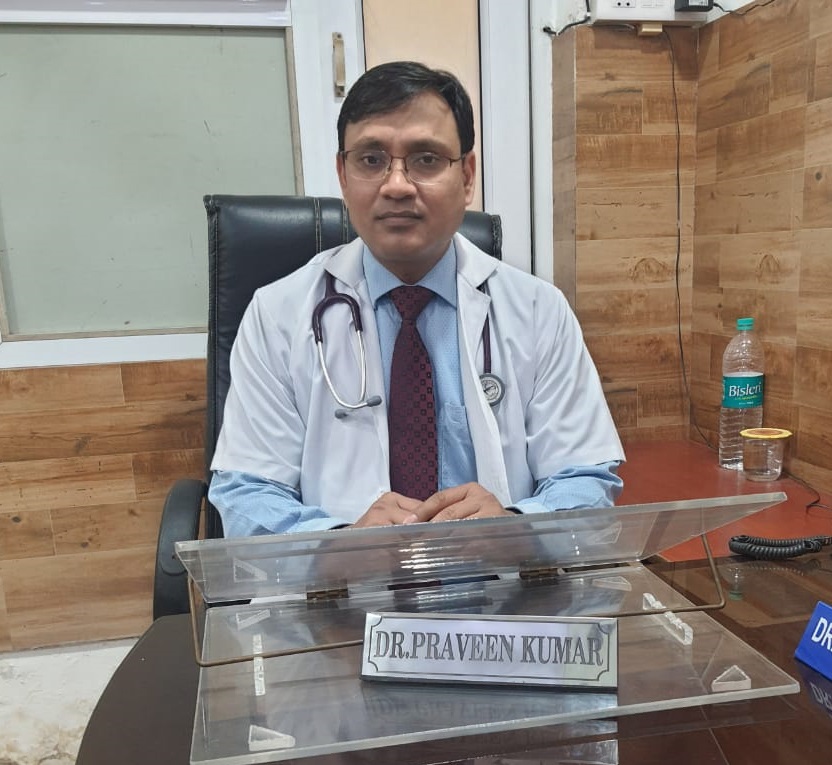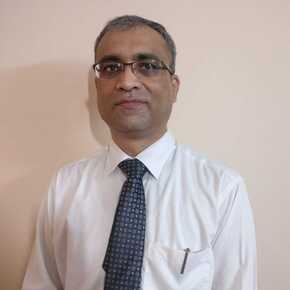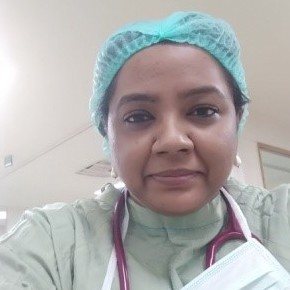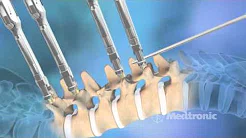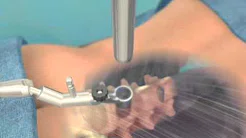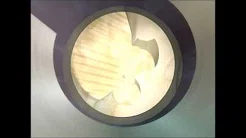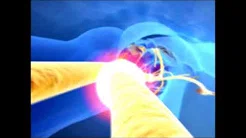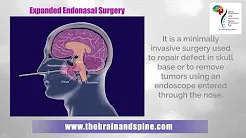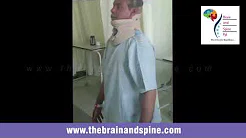Minimally Invasive Surgery
The endoscope assisted neurovascular surgery is relatively newer procedure that is performed using an endoscope with or without aid of Microscope and other small surgical instruments to treat various neurovascular disorders like:
- Trigeminal Neuralgia
- Intraventricular lesion like Colloid cyst
- Tumours like Neurocytoma, Choroid plexus papilloma
These instruments need minimal invasion area and are highly specialised to avoid any infection. This technique can limit the symptoms of the disease and reduce pressure of the diseased area. With reduced pressure, the pain in the affected part is also lowered.
Procedure:
The minimally invasive surgical procedure is performed under light anaesthesia. A small hole is created in
a vessel in the groin, arm or neck for insertion of a small metal tube or catheter. This metal, Sialistic or
plastic tube guides the endoscope and other surgical instruments into the affected part. Endoscope is
attached with a small camera on the lower end that captures the image of the diseased part. This gives a
clear visualization of the surgery site and its surrounding structure to the surgeon so that he can perform
precise surgical intervention according to the disorder. X-rays or advanced image-guidance technology
may also be used to aid the precision in surgery. In the end, the incision is dressed using a small
dressing.
Patient is kept under observation in the hospital. A few months follow-up is often recommended to
analyse if any of the symptoms persists. In addition to this, proper rest and rehabilitation programs are
also recommended to the patient that helps to bring back the normal functionality of the body.
Advantages of Minimally Invasive Neurovascular Surgery
- Minimal invasion
- Minimal blood loss
- revents injury to surrounding structures
- Less scar formation
- Less hospitalization required
- ast recovery
- Early rehabilitation
- Early return to normal day to day and work related activities
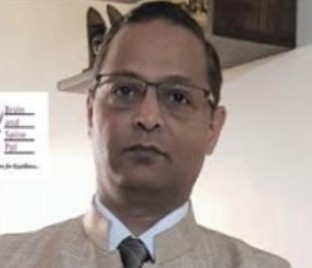

 Request an Appointment
Request an Appointment Request Online Consultation
Request Online Consultation Enquiry form
Enquiry form

